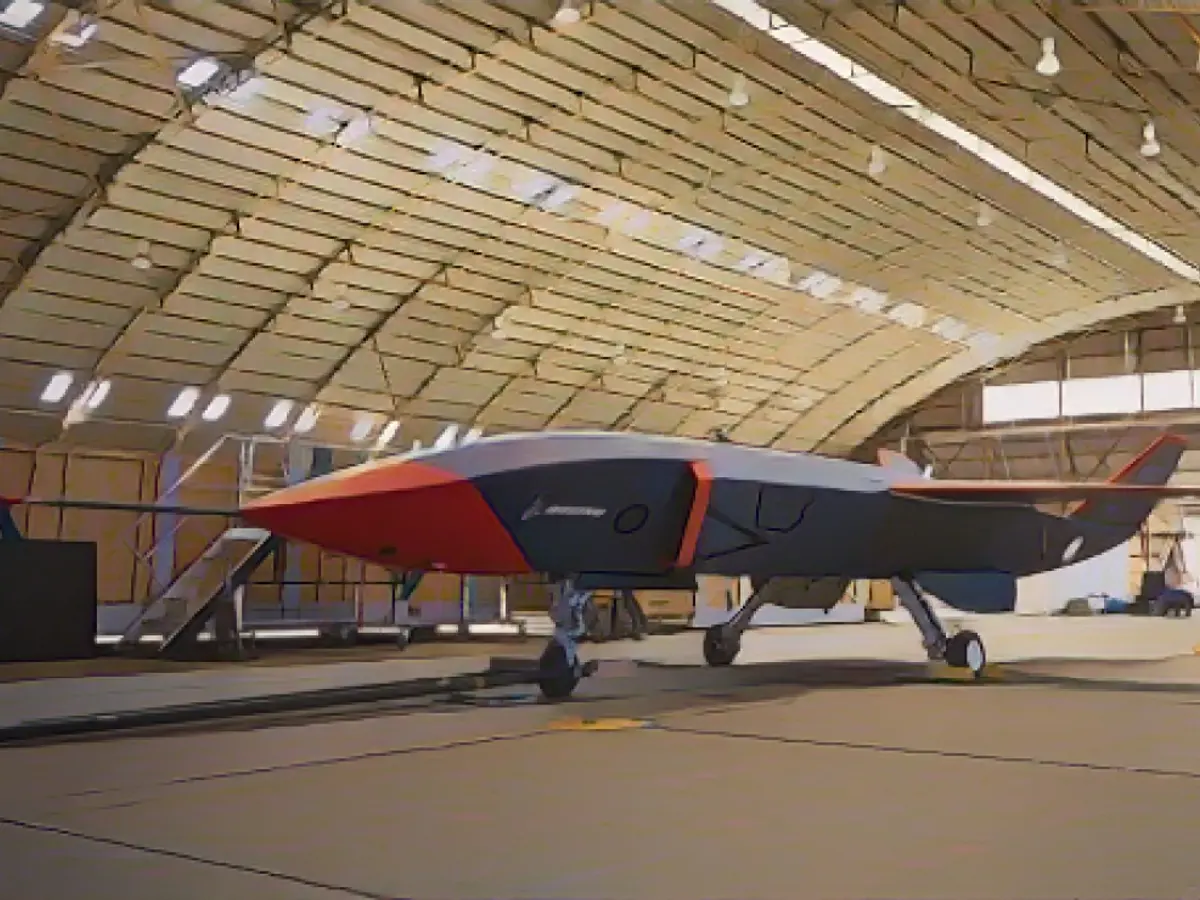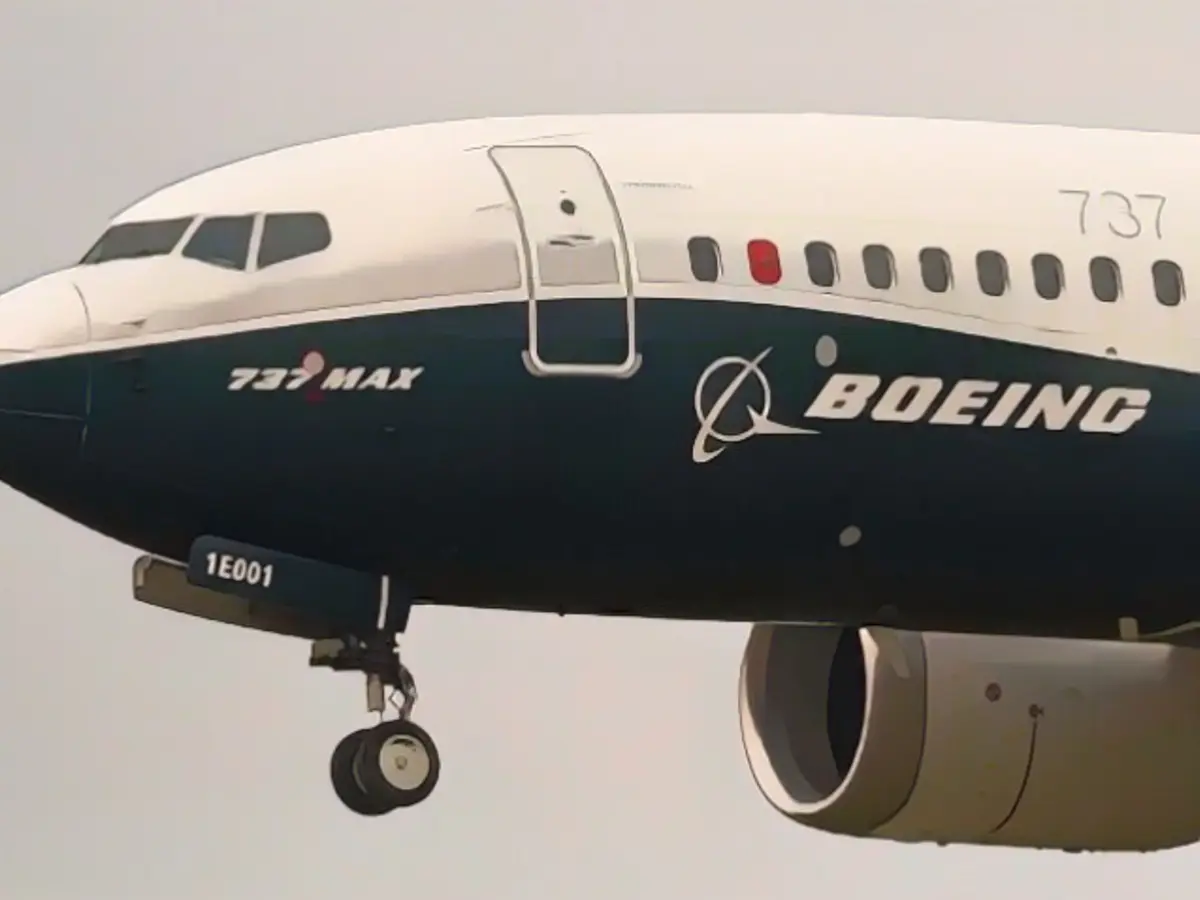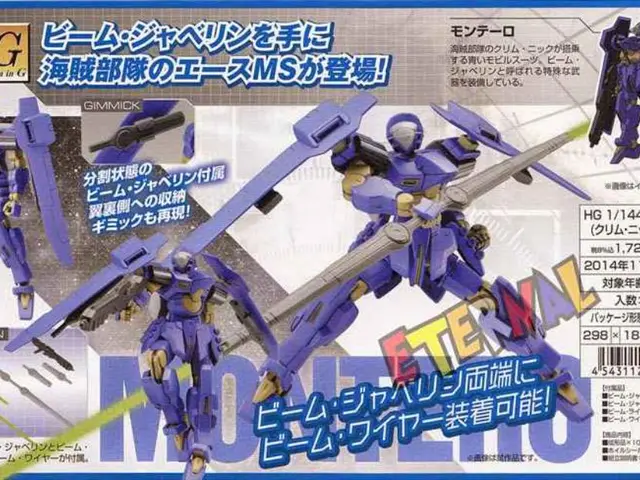Boeing Ventures into Uncharted Territories: Australiasian Militarized Drones 🌍✈️
Breaking from their traditional commercial aircraft business, Boeing is establishing its first foreign assembly plant in the lush countryside of Toowoomba, Australia. Instead of constructing passenger jets, the company will focus on building military drones at this new facility, marking a substantial shift in their operations.
Over the past few tumultuous years, Boeing's defense, space, and security segment has proven to be the most dependable source of revenue. In 2018, this sector generated an impressive $26 billion, while commercial aircraft revenue took a major hit, plummeting by 72% or $41 billion during the aftermath of the 737-Max crisis and the global pandemic.
Almost 83% of Boeing's defense business in 2020 came from the United States Department of Defense. While important overseas customers are part of the picture, it's no surprise that Boeing is exploring market opportunities in Australia.
The brainchild of the Australian Boeing team, the MQ-28 Ghost Bat military drone, will be the flagship project of the newly built assembly plant. Boeing aims to provide 3,500 full-time jobs in Toowoomba by 2028, with the Royal Australian Air Force being the sole confirmed client at the moment. The company's long-term goal, however, is to export the Ghost Bat to military clients worldwide.

This development comes hot on the heels of Australia's announcement to collaborate with the United States and the United Kingdom in developing a fleet of nuclear-powered submarines. Many view this as an initiative to counterbalance the surging military ambitions of China in the region.
In the past, prominent American manufacturing giants mainly relied on domestic production for most of their products. Boeing, represented by the 'BA' ticker symbol, is one of those few exceptions that has demonstrated its global reach in terms of manufacturing. For instance, General Motors and Ford manufacture more cars in factories abroad than in the United States, particularly in countries like China and Mexico, with cost savings and reduced lead times as primary motivations for overseas production.
Boeing already has a significant presence in Australia, operating its largest facility outside the United States. With approximately 4,000 employees, pre-assembled components from the Australian facility are utilized in Boeing's domestic facilities in the United States.
Boeing also has a manufacturing facility in China, established in late 2018 for interior finishing and final painting of Boeing 737 Max planes intended for sale in China. The need for this facility arises from the mandatory Chinese government approval required for all aircraft sales in the country. However, the facility finished only one 737 Max aircraft before trade tensions between the United States and China led to its closure. Boeing's China sales have witnessed a downturn ever since.

Further Reading:
Regardless of the calamities plaguing the commercial aircraft market, Boeing's defense segment has managed to maintain a steady revenue stream. With the Australian project, Boeing is eager to explore new markets and capitalize on the increasing popularity of military drones around the globe, backed by the MQ-28 Ghost Bat's cutting-edge technology.








